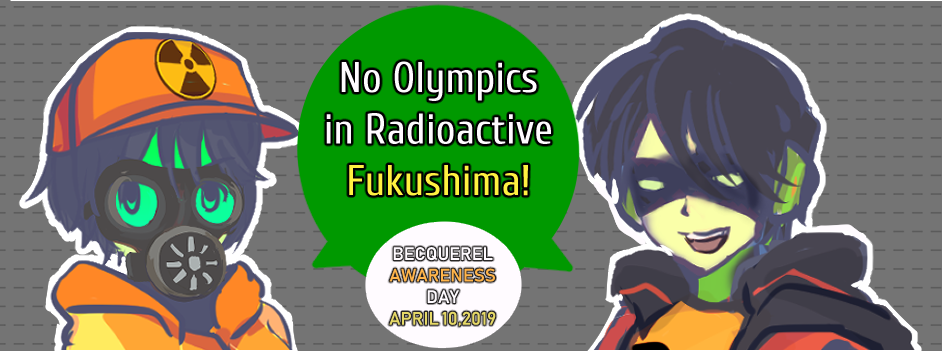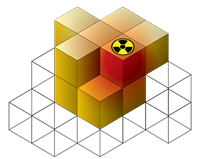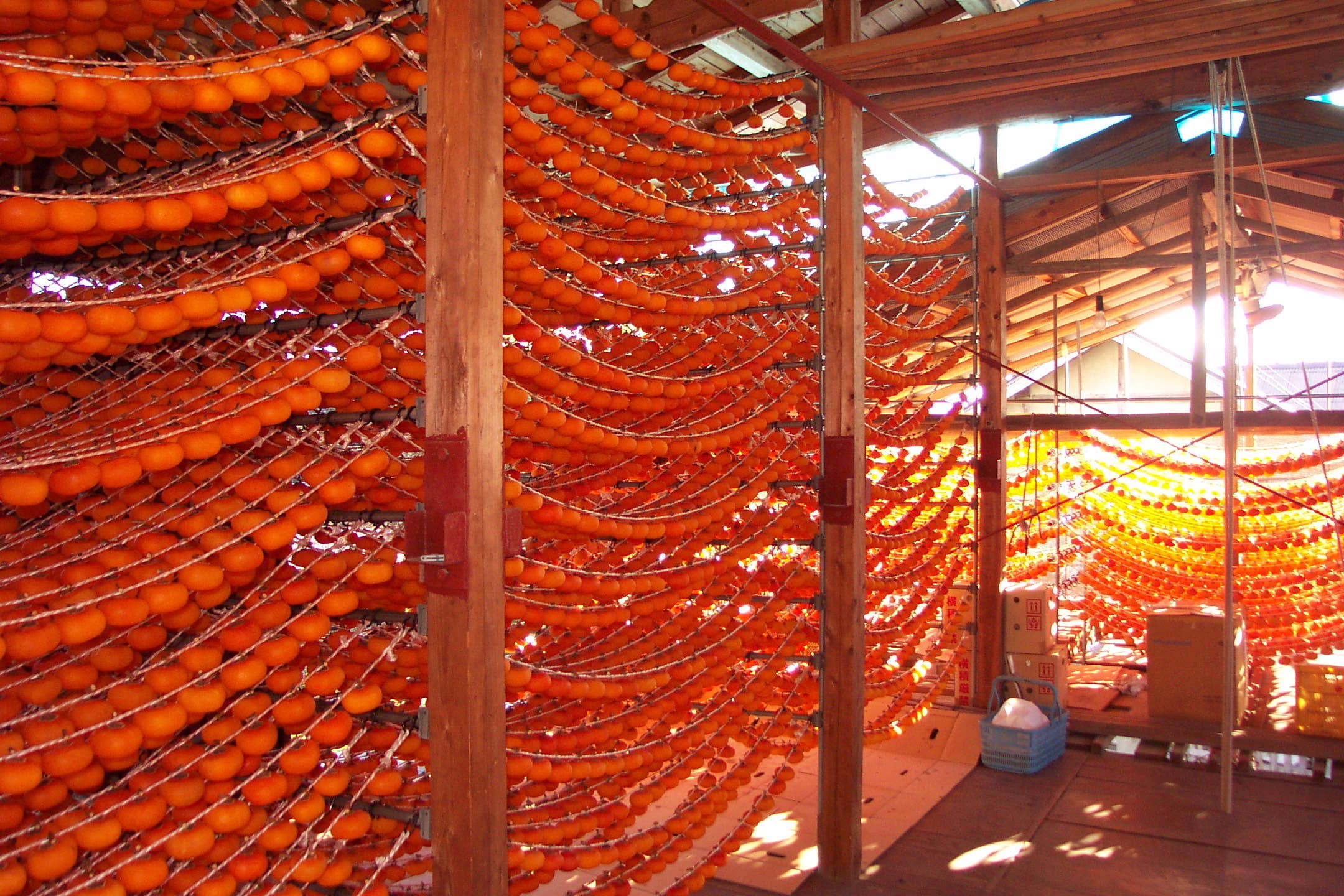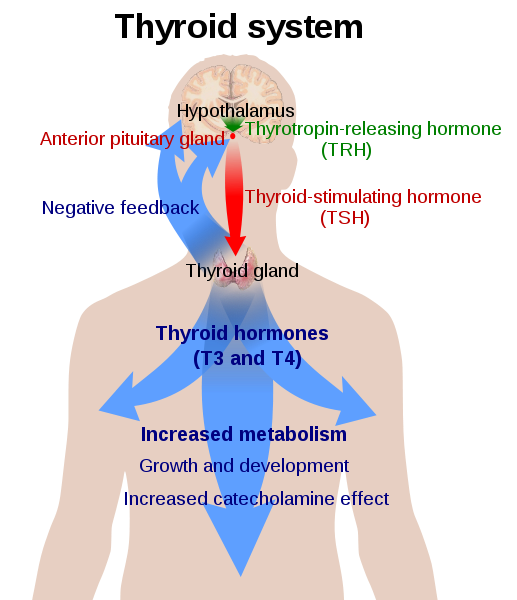
This article relies heavily on postings at Fukushima Voice version 2e. Revelations and analysis below would be impossible without the painstaking translations and thoughtful discussion Fukushima Voice provides.
As the Fukushima nuclear catastrophe unfolded in March 2011, experts began applying lessons (some poorly learned or incomplete) from other nuclear disasters, primarily Chernobyl. After Chernobyl, it took nearly a decade for official experts to admit what data were revealing: exposure to radioiodine, one of the nuclides released from nuclear power disasters, increases thyroid cancer. Those who were children at the time of their exposure were particularly vulnerable. As radioactive clouds blanketed the areas surrounding the melting Fukushima reactors, officials were conflicted about the application of stable potassium iodide (KI) to keep radioiodine from penetrating the thyroids of members of the public.
Shunichi Yamashita, a doctor who had studied thyroid cancers in the Chernobyl-contaminated areas, expected no impact from radioiodine exposure. Reports differ, however, with some saying that Yamashita was publicly claiming no danger, while secretly telling experts he had serious concern about child thyroid cancer. He encouraged those who may have been exposed to protect themselves against radiation by being in a good mood and laughing. Fukushima Medical University (FMU) had taken the precautionary measure of distributing KI to its staff members and their children. FMU claimed this was to cajole nervous hospital staff into staying during the initial disaster, rather than to protect their health. The staff, however, was sworn to secrecy regarding this decision. Fukushima Prefecture failed to tell FMU to administer KI to the public. FMU waited for Yamashita to inform the issue and he said taking KI was unnecessary, so many in the public were left unprotected. “Yamashita admitted that he had given incorrect information shortly after the disaster when he advised FMU not to dispense potassium iodide tablets to children.” After he had made his decision, he reportedly looked at the fallout maps and said “Oops”.
In the wake of continuing contamination threat and public concern, the Fukushima Prefectural government tasked FMU with overseeing the Fukushima Health Management Survey (FHMS) of which thyroid ultrasound examinations (TUEs) were to be a part. Oversight committees were formed to issue reports on data collected through the FHMS. Yamashita was put in charge of the FHMS, making those who had claimed there was no danger from radioiodine exposure the ones in charge of researching the results of their mistake. In fact, Yamashita has “commented that the main aim of the Health Survey is to reassure people.”
Later, when Dr. Yamashita stepped down as head of the FHMS (he remains Vice President of FMU), some claimed he was leaving not because he ran the study poorly, but because he failed to communicate properly. (Yamashita is still involved with the study – his name appearing on much of the published research ostensibly based on FMU data.) Yet from the outset, FMU has provided incomplete and misleading thyroid data from the FHMS to the oversight committees, resulting in reports that are confusing, with conclusions that even by the committee’s reckoning are unreliable. Outside researchers have also noticed this poor quality. Despite obvious shortcomings, Fukushima thyroid data are being wielded to alter the way we study radiation’s impact on thyroid, and to downplay the world-wide increases current research is revealing.
Missing and misused data
FMU is keeping some primary clinical and demographic data hidden, even from the oversight committees, despite the committees’ repeated requests that these data be shared. FMU shares analytical results that are derived from this data but these results are often manipulated – such as with comparisons to data from Chernobyl data that have been misrepresented. At the most recent press conference, June 3, 2019, committee members were asked to grade the conclusions of their report based on the information provided by FMU. They graded the report reliability at under 60%, citing lack of dose information and missing cases.
FMU has failed to report all the thyroid surgeries conducted either by it or other facilities. Since childhood thyroid cancers are rare under normal circumstances, missing even one case can skew data results. Further, FMU has changed data presentation so that it is not comparable to previously collected data. This will probably curtail current, independent, ongoing research into any connection between thyroid cancers and radiation exposure.
FMU often uses methodologies for data analysis that are unclear, illogical, and therefore unable to be explained (Makino, in publication) much less replicated. Attempts to correct some of these shortcomings have not fully succeeded. Much of the data uncertainty is only discernible to those with Japanese language skills. The datasets have never been published in their entirety in Japanese and the fact that data are missing has never been officially disclosed in English.
For any health study, the most reliable data come from comparing disease outcomes among those who were exposed to the pollutant in question (in this case radioiodine), to those who were unexposed. Having an unexposed population is especially important when it is hard to know what level people were exposed to. The amount of disease in the unexposed population is considered a baseline, or the amount that would occur in a population naturally. If the amount of a disease, such as thyroid cancer, is increased in the exposed population compared to the unexposed, the pollutant in question may be responsible.
However, FMU is insisting that they can establish thyroid cancer baseline with data collected beginning in late 2011 using exposed populations. At first, researchers said that the number of thyroid cancers discovered between late 2011 through 2013 – dubbed the first round examinations, would determine baseline cases. Researchers are now claiming that true baseline may include cases that were discovered through 2016 when the second round examination was scheduled for completion. This shifting baseline imperils reliability of thyroid data and further calls into question the methodologies of the researchers tasked with assessing health impacts of radiation.
The minimum latency for thyroid cancer, according to the World Trade Center Health Program, is 1 year (in persons under 20 years old) to 2.5 years. These latencies are based, in part, on the National Academy of Sciences findings on low-dose radiation exposure. But FMU researchers are claiming that if any thyroid cancers were discovered between 2011 and 2013 (or now 2016) these cases would not be attributed to radiation. In fact, these cases could have developed or grown faster because of Fukushima radiation exposure according to accepted latency, but FMU would consider them “normal” or “baseline”, in effect hiding the true impacts of exposure.
FMU claims that the increased cases of thyroid cancer found through TUE are probably due to overdiagnosis, implying that these cancers were “quiet” and would have remained clinically hidden had monitoring not occurred. But enough of these cancers had metastasized to other areas of the body that surgical removal was indicated (slide 12) for the vast majority of them. In the absence of screening, these cancers would have been caught later, probably requiring more aggressive treatment, leading to a decreased quality of life.
Thyroid cancer data from pre-Fukushima Japan indicates some differences with the post-Fukushima thyroid cancers in the FHMS. For instance, tumor size at removal was smaller for FHMS cases, yet invasion to other tissues was higher, indicating not only that surgical removal was necessary, but that these post-Fukushima smaller tumors could be more aggressive. The pre-Fukushima data from Japan is a very small sample size, so further research should be done. It should be noted that tumor size and invasiveness from FMU cases most closely resemble not those of pre-Fukushima Japan, but those of Belarus post Chernobyl.
Despite misused and missing data, the committee made comparisons of these data to dose estimates from the United Nations Scientific Committee on the Effects of Atomic Radiation (UNSCEAR), which are based on deposition of radiocesium. But the deposition pattern of radiocesium does not necessarily mimic where radioiodine travelled, so doses using this method are full of “significant uncertainties” and should probably not be used. The irony is radioidine is a known exposure concern during the initial phase of a nuclear power catastrophe, so direct radioiodine measurements could and should have been taken. If they were taken, they should be used. This does not appear to be the case with radioiodine from Fukushima.
Mishandling of data misleads future research and jeopardizes public health
One FHMS committee member, Toru Takano, makes the highly controversial claim that thyroid cancer in children will eventually become “self-limiting” therefore, current screenings are leading to overdiagnosis and unnecessary surgery because these cancers will stop growing and not cause death. There is no scientific proof that childhood thyroid cancers will “self-limit” even after they start invading other organs. Nor is there scientific support for a subclinical pool of thyroid cancer in children, another claim made by FMU researchers. Following on the overdiagnosis trope, some are now questioning whether screening should also be curtailed because it is too psychologically damaging.
It is no surprise then, that the FHMS thyroid committees continue to debate the usefulness of screening, despite clinical indications that screenings have led to necessary surgical removal of invasive thyroid cancers. Yet international bodies like International Agency for Research on Cancer (IARC) are starting to recommend against systematic thyroid screening after a catastrophe like Fukushima, for fear of overdiagnosis and psychological impact. Additionally, IARC’s report, based on input from Fukushima researchers, recommends screening not begin at doses under 100-500 mGy. This despite studies showing increases of thyroid cancer as low as 25mGy for those exposed as children.
In short, Fukushima thyroid data collected and partially hidden from international researchers is being used to alter internationally accepted radiation exposure recommendations. This is all the more ridiculous since the baseline for thyroid cancer after Fukushima uses people who were exposed to Fukushima radioiodine, rather than using unexposed children, even in the face of unknowable doses.
A revelation that pediatric thyroid cancer increased “in the US 4.43% annually from 1998 to 2013” exposes the need to screen people in the wake of nuclear catastrophes, not backpedal on that responsibility. Researchers concluded that this was a "true increase” (not due to increased surveillance –a claim made by researchers using the Fukushima data as evidence). Such data necessitate recognition that we have been exposed to nuclear pollutants from bomb and power fallout since the 1940’s. Failing to research the impact radiation has already had on our current disease environment makes it impossible to fully understand the compounding damage caused by additional radiological catastrophes like Fukushima.
In truth, we are no longer starting from zero man-made radiation exposure, so the concept of “overdiagnosis” is skirting irrelevance since a portion of our current disease burden already comes from exposure to anthropogenic radiation exposure. Given independent data and research (which we currently lack), one could tease out what part of thyroid cancers Fukushima radioiodine is responsible for. Teasing out the role older radioiodine exposures play in background thyroid cancer levels throughout the decades is more difficult. Commenting on the pediatric thyroid study, Dr. David Goldenberg, an ENT-otolaryngologist, Pennsylvania State University College of Medicine advocates for investigating "whether changes in environmental factors or lifestyle changes are driving part of this increase". He continues: “it is our role as physicians to protect our patients from complacency and undertreatment. Explaining away thyroid cancers as being subclinical or clinically insignificant is reminiscent of days past when we told our patients: ‘don’t worry, it’s good cancer.’”
Manipulation and concealment of Fukushima thyroid data masks the true impact of radioidine exposure. But it is also beginning to influence the way we study thyroid disease overall, having implications beyond study of Fukushima or Chernobyl. Steps to curb screenings and monitoring are pernicious because they enshrine the withholding of life-enhancing or life-saving treatment for victims of radiation exposure. Further, withholding data from independent researchers will disallow any effort to replicate study conclusions made by FMU and the thyroid committees. This is politics masquerading as authoritative and independent decision-making based on science; in reality, it has no true scientific support and is an attempt to bury the story of radiation’s impact on survivors of Fukushima.
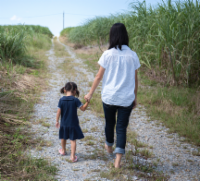
 admin
admin






